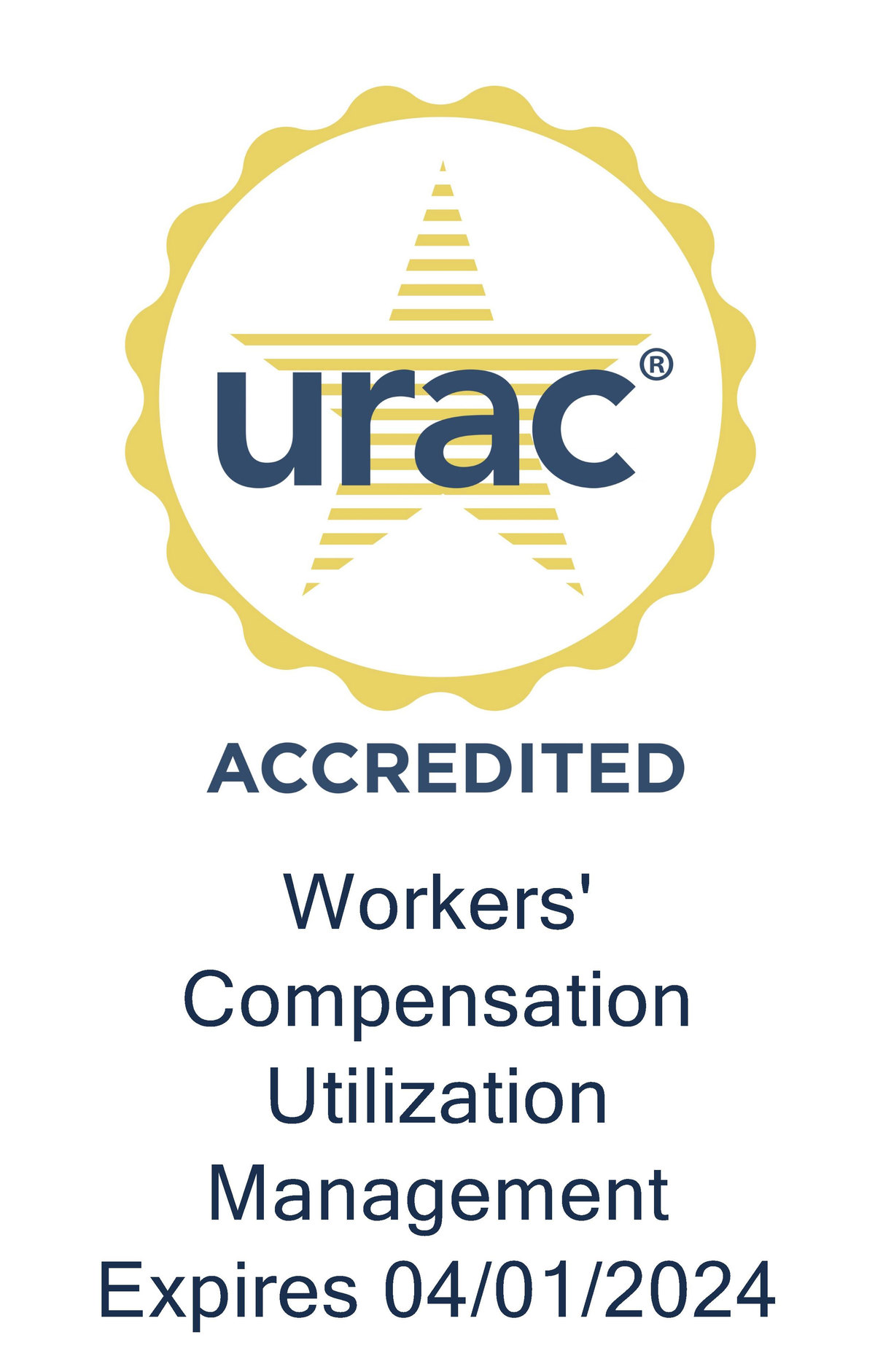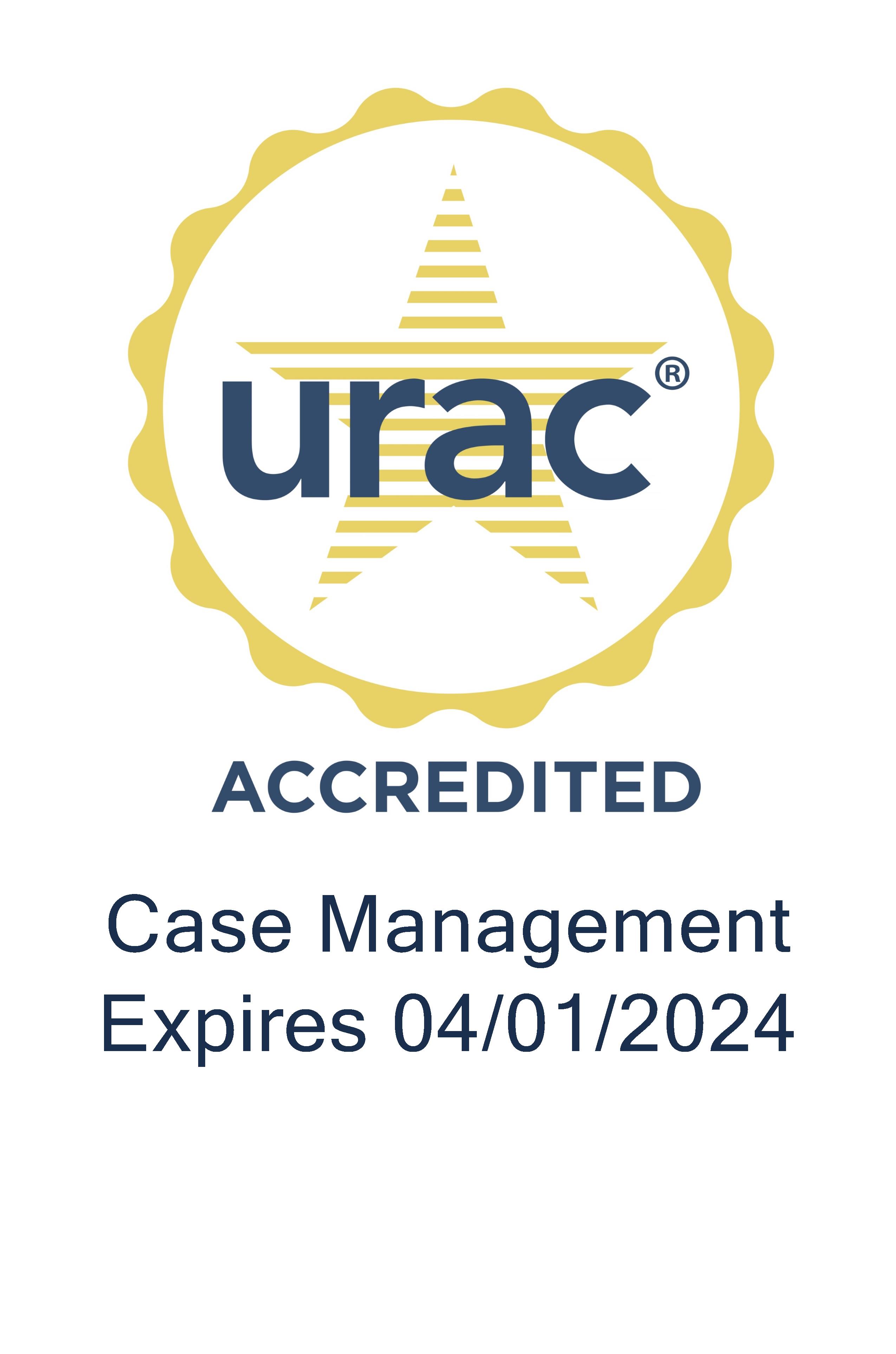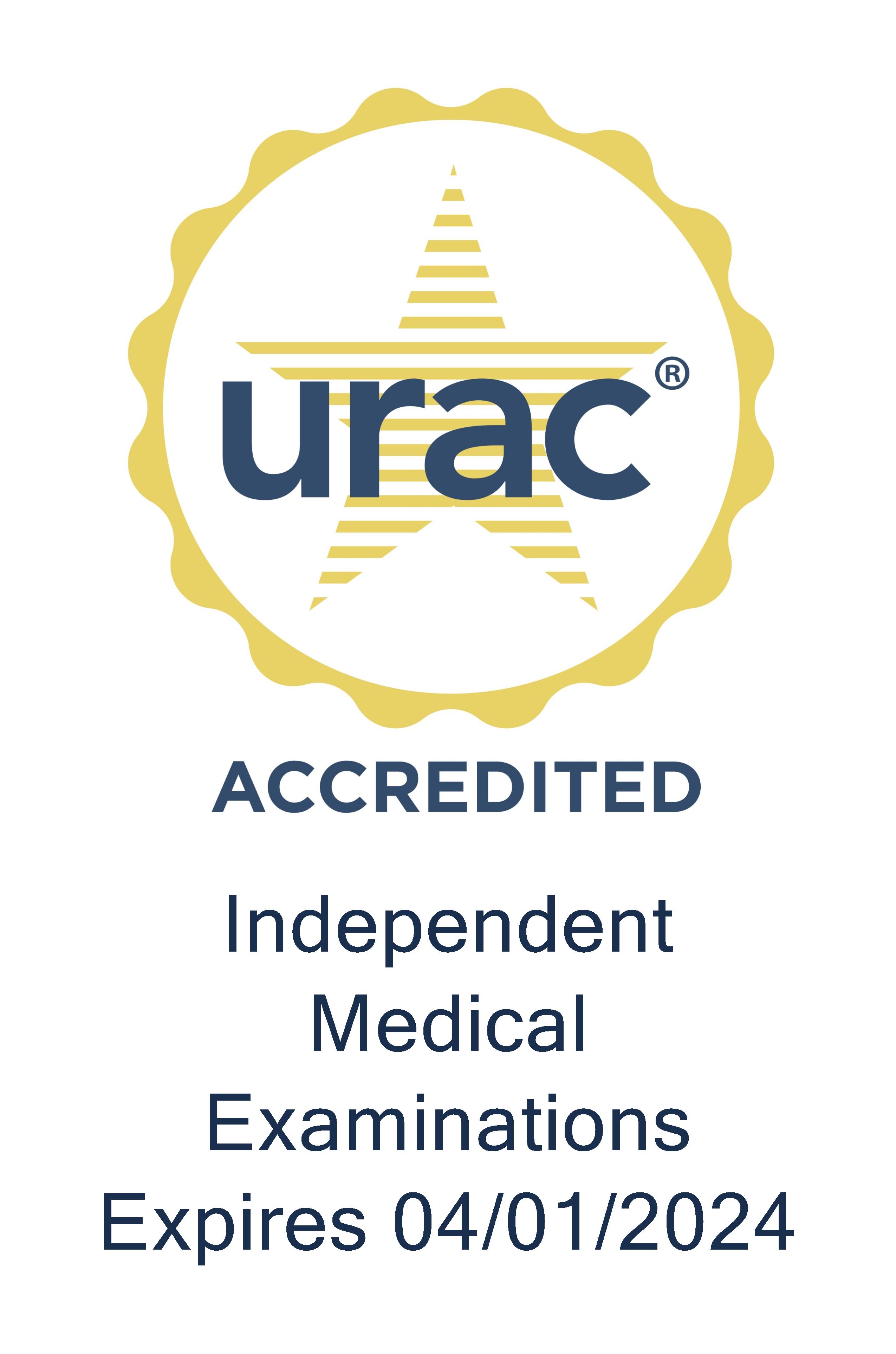The Workers’ Compensation Research Institute held its annual conference recently where, as usual, experts tackled some of the major issues affecting our industry right now. But, as Milann Dittman, Senior Data Analyst at Genex tells us, this wasn’t your average WCRI conference.
Tom Kerr (TK): Milann, thanks for joining us.
Milann Dittman (MD): Oh you’re welcome. I’m glad I could help.
TK: So, how was this WCRI conference different from previous years?
MD: Well, the main difference was that this year that the WCRI conference was held virtually due to the COVID pandemic. When the 2020 event was held last March, it was the last gathering for many of us before the COVID lockdowns would begin. In fact, it was just a few days after when the World Health Organization declared COVID-19 a pandemic, so, WCRI holds a special place in our hearts, because it was the last time many of us saw our colleagues from across the country before the pandemic sank in. In fact, on the anniversary date of last year’s conference, one of my colleagues sent a picture that he had taken of all of us together and we joked that it was like the last supper for many of us (laughs).
Although I miss seeing many of my friends, this year I did enjoy the virtual presentation, because I think WCRI did a great job presenting it. The sessions weren’t too long. They were right to the point. And the one thing that I liked, for the sessions that I couldn’t attend live or couldn’t pay close attention to due to work demands, I was able to revisit them later so I didn’t miss anything because WCRI had everything recorded.
The virtual polls during sessions also gave us a sense of how the workers’ comp leaders are thinking about certain topics. The other thing that really made the conference different from other years was the focus on COVID, and the speakers that WCRI lined up this year really had some great insights and data on how our industry has been impacted by the pandemic and how we’re moving forward from it. So, they were really on the mark with the topics this year.
TK: What did WCRI experts address about COVID and how it affected our industry?
MD: Well, one of the things that resonated with me was when National Institute for Occupational Safety and Health (NIOSH) director John Howard talked about making workplaces safe again. When it comes to this pandemic and infectious diseases, he said that one of the major factors that companies with internal workplaces have to consider now is the proximity of workstations. So, there’s a lot of consideration going on right now about how the workstations are being adapted to deal with infection control, and how this might become a more permanent change.
He also thinks we might see more of a focus on infection control at workplaces. So, employers may be hiring infection control coordinators, and making them a regular part of the workplace dynamic. Typically, this is just something we see at hospitals and other health care facilities, but Howard thinks it could become more of a focus in other industries, which will be a big challenge as well. In fact, I’ve stopped into our office on occasion and I’ve seen that they’ve already put Plexiglas in to raise the walls of the cubicles and, of course, there are sanitizing stations all over the building when you walk through.
And then another thing that John Howard talked about was the possible increased use of automation in the work industry and the fear that automation will put more people out of work, but he offered a really interesting statistic regarding this. He said that 60% more jobs were created in 2018 alone than existed in 1940, which I found surprising. So, what this shows is that as work industry technology has advanced, it’s actually created more jobs than in the past. Howard believes those companies that are considering moving in the direction of automation, are doing so because it’s more cost-efficient and they can’t find the skilled workforce to run the machinery.
And, as we know, COVID also really impacted jobs over the past year, with unemployment for those out of work for six months or more rose about 40%. So, that’s kind of like the levels that we were seeing during the great recession 10 years ago. And it’s really a concern because, as Katherine Abraham from the Maryland Center for Economics and Policy said, once people have been out of work for a long time, we know that their chances of finding a job are lower. And we know that being in long-term unemployment has adverse effects on people’s mental health and their physical health. The effects of being laid off and then becoming long-term unemployed can last for decades. It can show up in more health problems and higher rates of mortality. So, it is really a concern for the population in general.
TK: And what else did you learn from the event?
MD: I thought it was interesting what the polar results indicated about how the leaders in our industry were thinking about the pandemic, and how it will affect work going forward. In one poll, attendees were asked what a post-pandemic workplace will look like:
- 73% said the workforce will split time working from home in the workplace, (I was in that category.)
- 25% of the workforce will work full time from home, and
- only 3% said the workforce will work full time from work. And I found that low number a little bit surprising.
So, I thought it was really interesting that those in our industry thought remote work would become more of the norm as opposed to the exception. I mean, that’s 97% of the participants surveyed. James Ashley from the Industrial Commission on Arizona also indicated that 76% of state employees surveyed in his state said telework is considered an important perk. So, I think now workers’ comp professionals are in the same ballpark with the way most workers feel about remote working. When asked about it Katherine Abraham, from the Maryland Center for Economics and Policy, agreed with the majority of those polled, she didn’t think there would be a fundamental transformation of people working from home full time, but she did predict that more people would work from home a day or two during the week.
NIOSH director John Howard said the pandemic did show that the workforce was able to transition pretty smoothly from office to home in terms of production, but he cautioned that we need to ensure that we meet the safety requirements for workers at home, as we do in the workplace. This was something that I really hadn’t thought about personally. Ergonomically, the kitchen table isn’t set up as a permanent workspace as an office desk is, and people at home don’t have the same resources to improve their ergonomics as they do at work. There’s also that concern that there’s no clear delineation from work and home for remote workers. So, these issues will need to be addressed to ensure the well-being of employees and that it doesn’t affect the work-life balance if people do choose to spend more time working from home.
TK: And do you have any other takeaways that you would like to share from the event?
MD: Yeah, I actually thought that Jewel Mullen, who talked about the vaccination equity across the country, had some great insight. She emphasized that employers can play a big role as champions for vaccination as the vaccines become more readily available. She suggested that the workplaces that are big enough to have their own occupational health departments could set up vaccine clinics collaborating with the local hospital or community health center or, maybe, their local public health department, to bring people in to vaccinate employees.
But mostly, Jewel said that employees can make the biggest difference by being conduits of information regarding the vaccine. They can help employees who are questioning the vaccine become more confident about receiving it by providing factual information about it at their workplaces or through email communications or lunch and learns, etc. She thought this might be a more effective approach than mandating the vaccine for all workers, because many workers might resent being forced to get the shot and just leave. She suggested that employers take the pulse of their workforce and have those conversations with their employees now to hear what they are thinking and address their concerns.
She stressed that the big issue regarding the vaccine is that there’s so much information out there that it’s best to pick a trusted source and stick with it and turn off some of the noise that can confuse the issue. So, if employers can say, “here’s what you want to know today about the vaccine, and how we want to keep our workplace safe for everyone,” it can make a big difference. That information should come through trusted sources like the CDC, the World Health Organization, or even from state and local health departments.
And I did like that, after the moderator had asked her question and she was about to open it up for questions, Jewel said: “Wait a minute. Before I answer any questions from the audience. I have some more information that I’d like to share about vaccinations.” So, she was really trying to keep everybody up to date on what’s going on with the vaccines in this country. So, I thought she was very interesting to listen to.
TK: Thanks, Milann. And we’ll be back soon with another Inside Workers’ Comp. So, until then, stay safe and thanks for listening.






